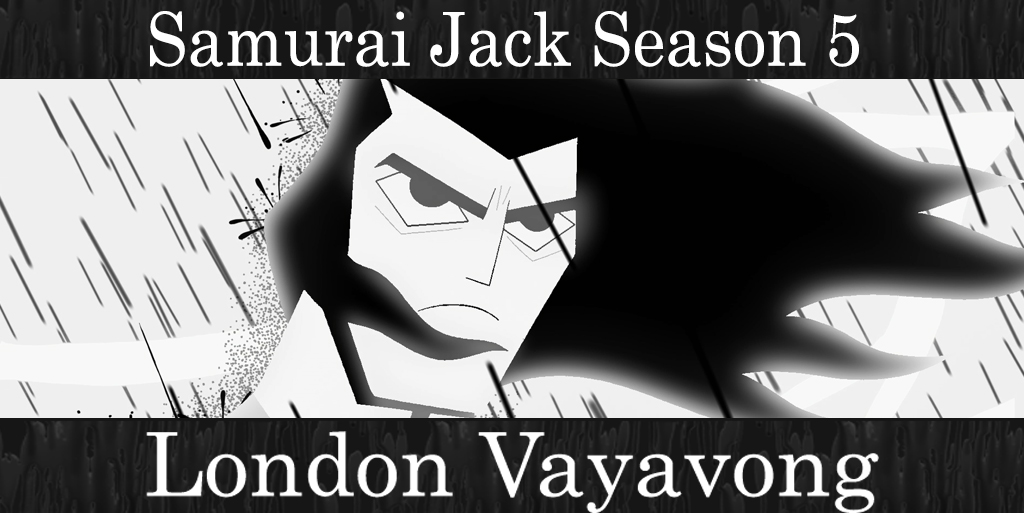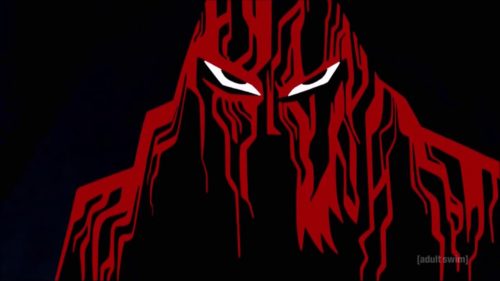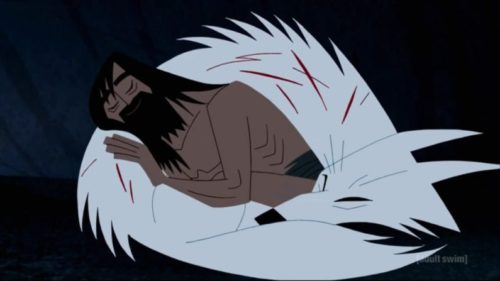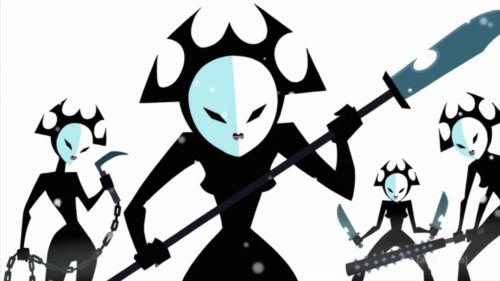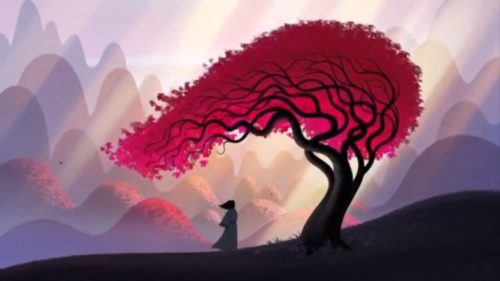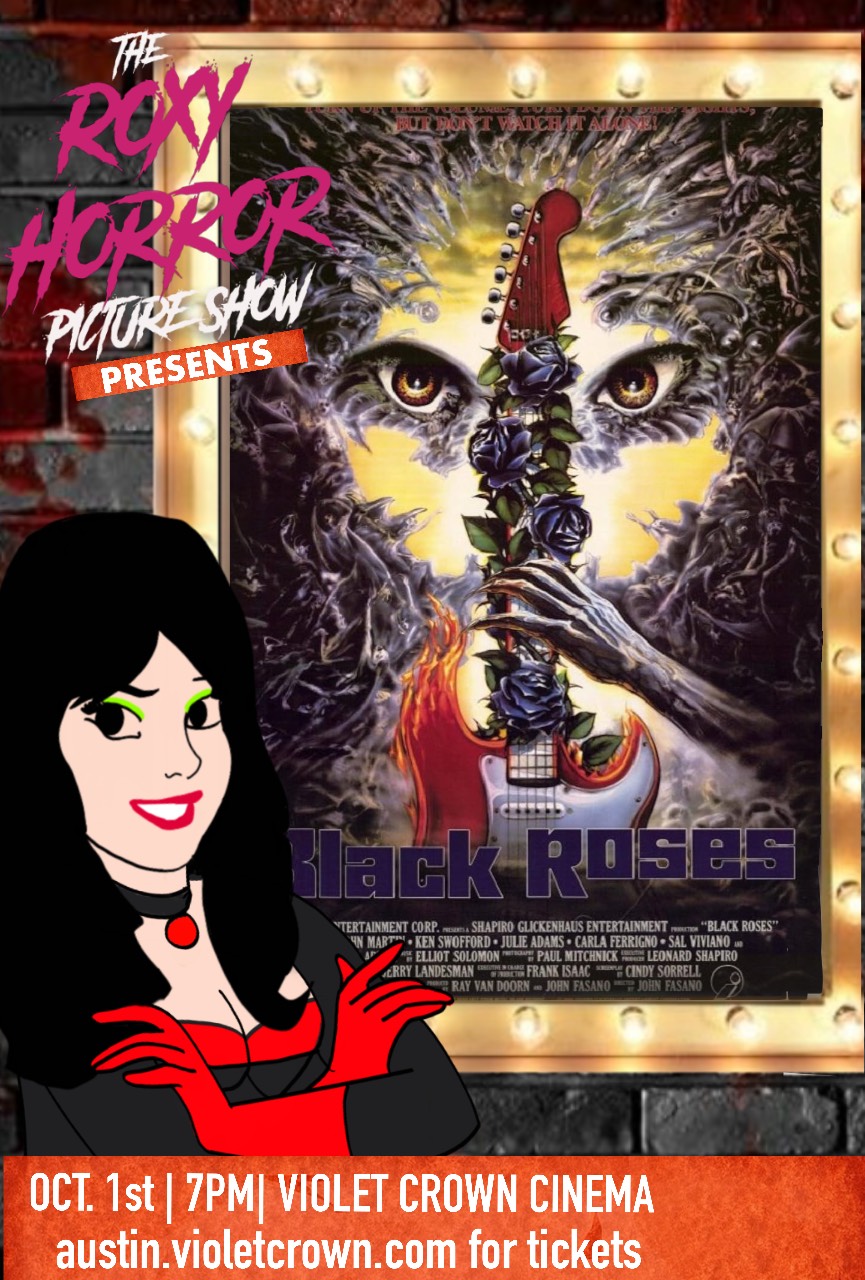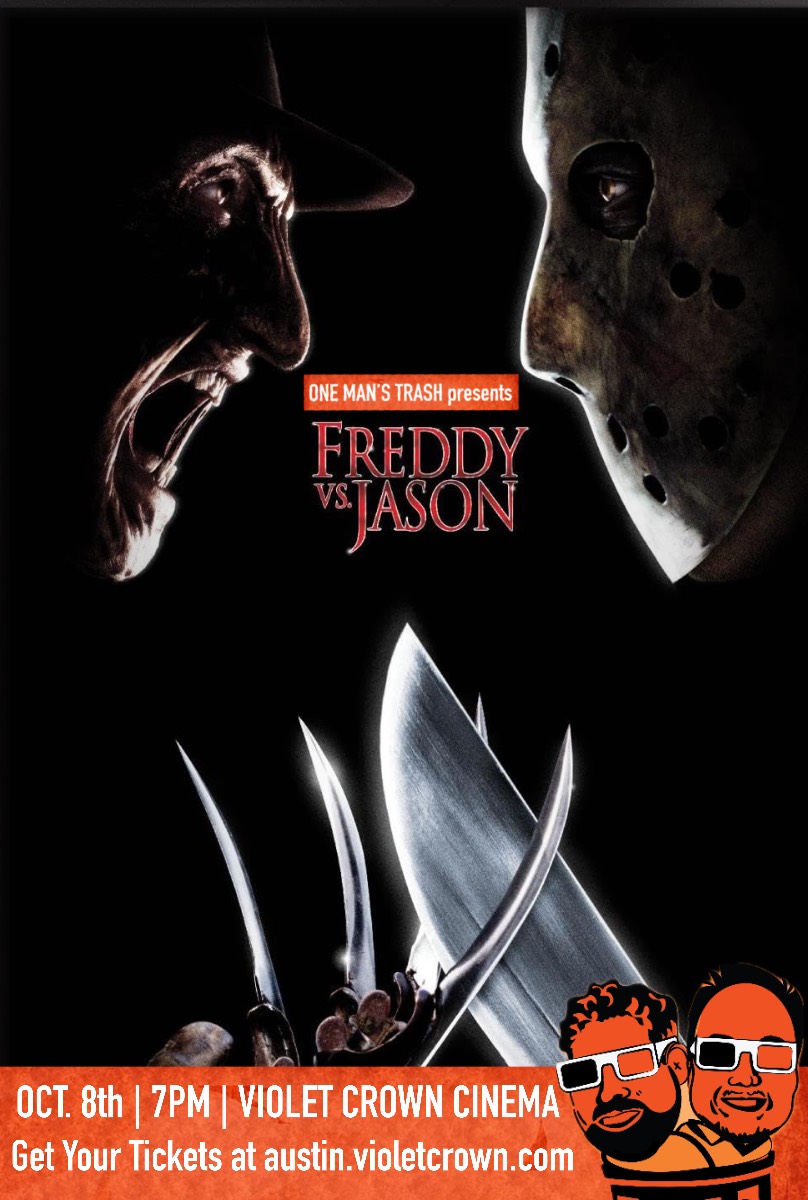Well, it is done. After so many years, we have finally seen the end of the journey of the lone Samurai against the evil Aku. With an interesting comic series and the never-ending push for a film, it seemed like we would never get an official end to the show. Hearing that Toonami, another recently resurrected program, gave the greenlight for a fifth and final season seemed like a blessing from the cartoon gods. This season unlike the other four had a linear story, mature theme, was only ten episodes. So, now that it is over, did it live up to expectations?
Be warned, this article is a full-season review and will contain major spoilers.
The fifth season picks up 50 years into the future and Jack has become more grizzled and bitter. He has equipped different equipment like body armor and a Gatling gun along with riding a motorcycle. He lost his sword, and thus unable to fulfill his quest and is forced to see the world suffer under Aku. So not only is Jack dealing with the external ramifications of his situation, he is battling his internal demons as well.
The show’s creator Genndy Tartakovsky really comes back into form. The first episode just explodes out of the gate with its rich action, unique character designs, and intricate plot. With the mature rating, we are able to witness more brutal action scenes and have Samurai Jack confront issues he has never faced before. We see him utilize different weapons and find creative ways to take out enemies. (We finally get to see blood.) He rides in on a motorcycle, wearing futuristic gear reminiscent of classic samurai armor, and he uses a Gatling gun. This scene is the first great departure from the classic series as we get to see Jack utilize his mastery of other futuristic weapons besides the sword. He has done so in the past but not at this level.
Aside from the gore, there are genuinely artistic moments like the episodes dedicated to a wolf. The wolf has some of the bloodiest scenes in the show and it conveys an interesting analogy by following him alongside Jack. Through parallel editing, we get to see two different action scenes: one with the wolf fighting various creatures and the other with Jack fighting a group of assassins called the “Daughters of Aku.”
After the battle both the wolf and Jack are fatally wounded. The next episode is dedicated to them helping each other recover because they have a kinship. Both are wandering warriors destined to be alone and can only give one another brief solace. It is the most emotionally compelling moment in the series and one of the benefits of the mature rating.
There are also some great moments with a group of assassins called the “Daughters of Aku.” These interactions lead to excellent action scenes because each assassin has a different weapon which pushes Jack to his limits. They also have a similar background to him because they were raised at a young age to battle just like him and were taught to have one purpose. It is an interesting element because they offer an inverse to Jack’s story. Jack essentially is an assassin himself because he was raised just to stop Aku and the “Daughters of Aku” are like the shadow to his light.
These characters are also great representations of the shows artistic style. Both of the wolf and the assassins showcase Tartakovsky’s brilliant method of color contrast. The wolf is all-white and is spattered with blood while the assassins wear black and fight in the snow. By having those characters presented in some kind of white, it brings out the other color and makes it appear as though they are brighter. It is a wonderful technique and one that has been utilized for centuries.
The best part of the “Daughter’s of Aku” arc is the Ashi character who we get see develop along with Jack. She plays a much larger role than the cliched love interest because she is the one who helps Jack to overcome his personal demons while battling her own. Not only does she prevent Jack from committing Hari-kari (ritual suicide), she aids him in meditation to retrieve his sword and is the one who enables Jack to travel back in time to finally finish Aku.
While the gritty reboot works, for the most part, there are certain moments that seem out of place. There are scenes where it is obvious that they wanted to exploit their mature rating. These moments seemed superfluous and actually provided the opposite effect by having the season appear more childish. One character in particular, who is possibly the worst one in the whole series is a robot assassin named Scaramouche. He has a scat singing gimmick and his voice is grating in the least. He is supposed to offer comic relief but his jokes always fall flat especially the moment when he makes a comment that an alien’s head looks like a “penis.” What’s worse is that he is integral to the plot as he is the one who reveals that Jack lost his sword and thus a large amount of time is dedicated to his journey.
This issue also ties into another major problem of the series which is the pacing. Genndy Tartakovsky had been trying for years to get a film made and it is apparent that this season is just an elongated version of the story. Samurai Jack has always been known to have slow pacing but there were too many moments that seemed to linger. Scaramouche is the prime example since most of his scenes could have been removed and it would have made no difference plotwise. There could have been more time spent on the Scotsman and his daughters, the archaeologist dogs, the Spartans and the plethora of other allies Jack has made over the years. Unfortunately, they all became relegated to cameos until they have one big battle at the end (it is an awesome battle though).
Another unfortunate issue is the ending. There are plenty of great moments like the big battle, Ashi gaining Aku’s powers, Jack finally killing Aku, and the final shot of Jack looking out into the peaceful landscape. Although they all happen so quickly that it feels rushed. It just seemed as though if the series was paced more evenly or if it had been a movie then the ending would not have seemed so abrupt. It was nice to see Jack go back in time, finally defeat Aku, and see his family but we are now left with many questions. An epilogue would have also been sufficient because we would have been given closure as to what Jack’s actions set forth for the future. Honestly, these remarks are still faint criticism because fans, myself included, will always want more. The final shot of the series is still beautiful and there is a majesty to ending’s ambiguity.
The final issue is that the show loses a little bit of steam towards the end. It starts out so strong but Jack’s internal demon arc is solved halfway through so he turns back into his classic personality. The grizzled nature was much more interesting and it was genuinely fun to see him utilize various weapons. So, seeing him turn back to the white gi and katana is a little boring.
Many of the fans, I again include myself, grew up on this series and enjoyed its amalgamation of eastern spirituality, western lore, science fiction, and urban culture. Tartakovsky’s artistic style broke away from the conventional mainstream animation of the time by utilizing various creative techniques and that enabled this series to become legendary. The premise of the series enabled itself to have a fun episodic structure that kept the audience yearning for more. While the ending leaves much to be desired, (I prefer the ending of the comic series) this season is still a nice farewell to the Samurai.

